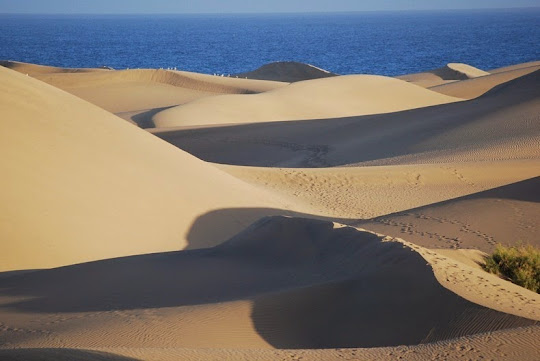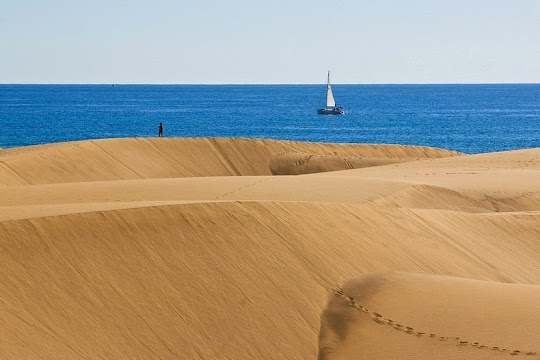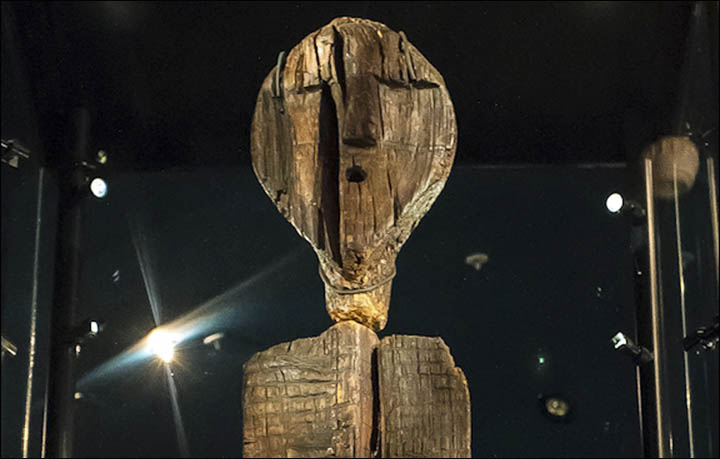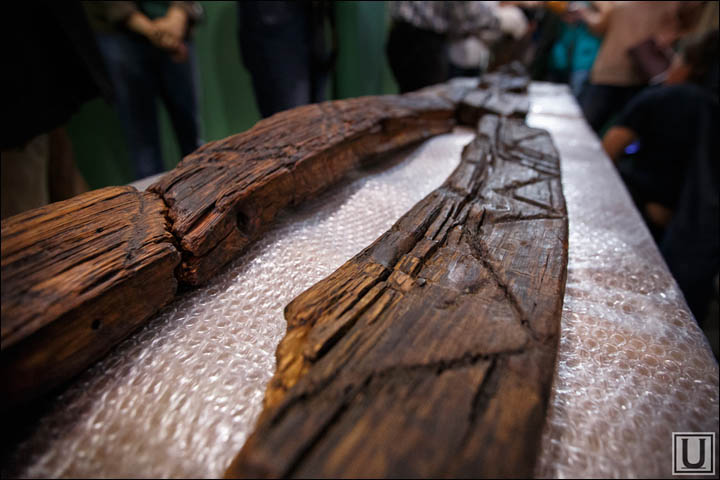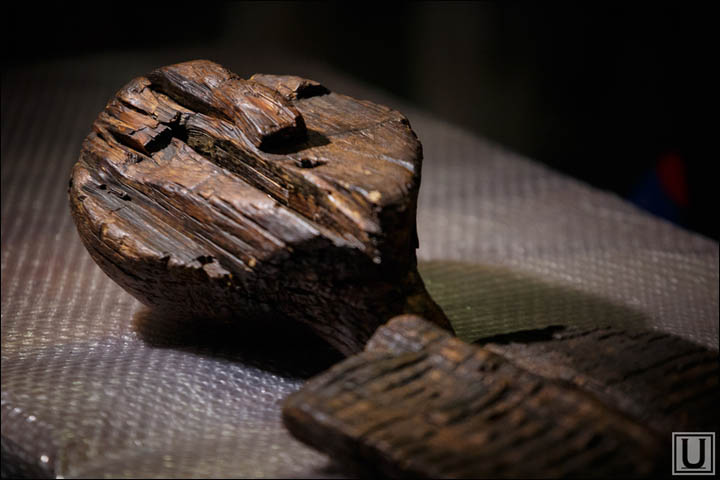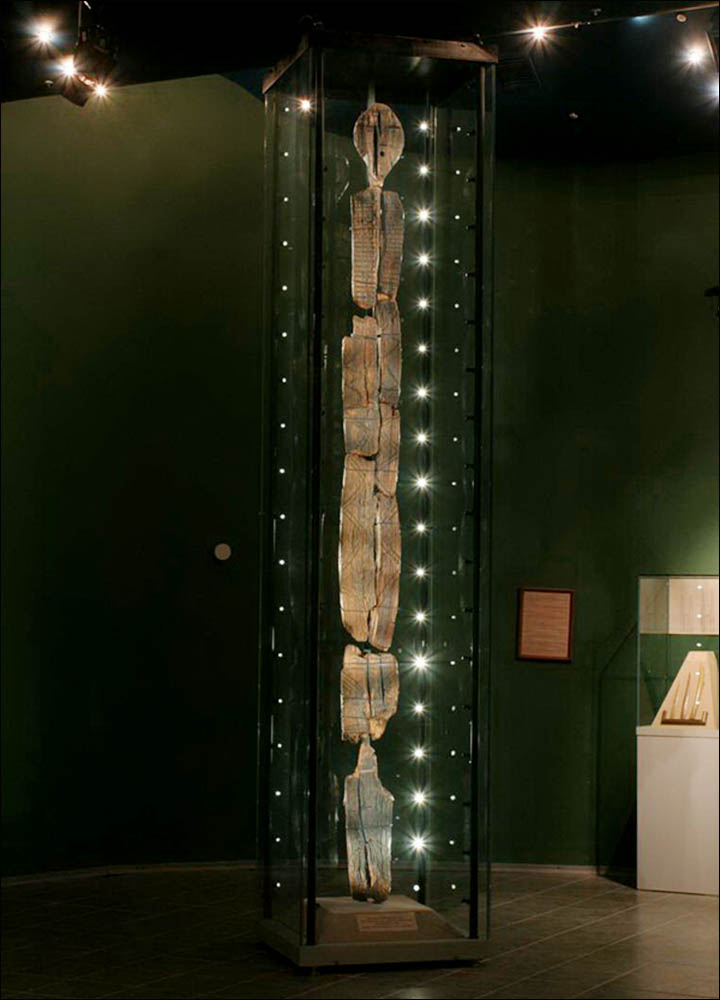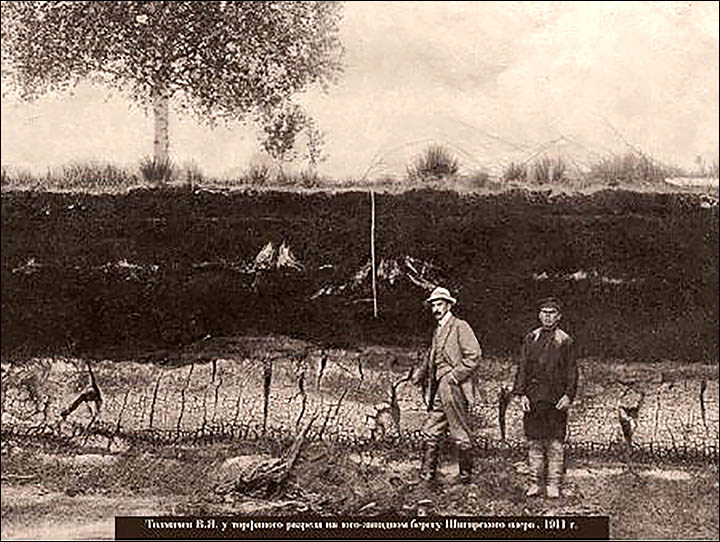Bathing in water is such old school. At Yunessun Spa Resort in Hakone, Japan, you can soak yourself in a variety of unorthodox liquids such as green tea, coffee, wine and sake, all in the name of health and well being. Each of the different pools has different health benefits, so they say. For instance, a sake bath has the potential to remove freckles and age spots, while green tea picked from the mountains of Tanzawa and Hakone, can boost skin health and the immune system. Bathing in wine is considered rejuvenating for the body, and it has been said that the Queen of Egypt, Cleopatra, frequently did it. Yunessun has a few more traditional spas as well, including a couple of themed baths such as one resembling an ancient Roman bath.

A 3.6 m wine bottle lies by the side of an outdoor pool filled with red wine. Red wine contains resveratol, an antioxidant that protects the skin from environmental damage, so fresh red wine is poured into the pool daily. While soaking in wine, bathers also enjoy a drink or two.
Although wine spas are available all over the world, Yunessun Spa Resort is probably the largest one, and the only resort to offer a variety of ingredients to choose from. Also available at Yunessun is chocolate bath and salt water bath so thick with salt that bathers can float on them, just like the Dead Sea.
Like Yunessun’s unorthodox offerings, other spas around the world too offer strange beauty treatments, like the Crude Oil Spas in Azerbaijan, snail massage spas in South America, South Korea and parts of Russia, and a Israeli spa that offers massage from snakes.




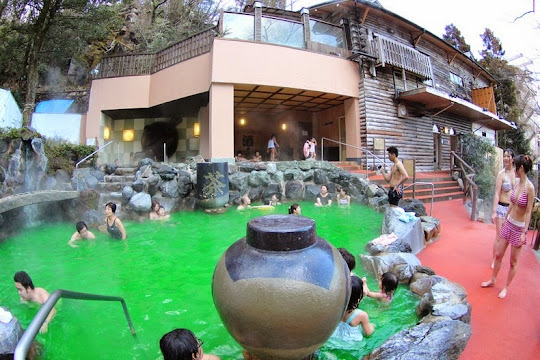
A 2m-tall teapot sits above a small outdoor pool filled with tea grown in Japan’s Tanzawa and Hakone mountains. Green tea contains antioxidants called catechins that protect cells and keep skin looking younger. The tea spa is kept hot at around 42 degree Centigrade.


Coffee is brewed with water from natural hot springs in Hakone, and fresh batches are poured in periodically throughout the day. The caffeine in the coffee works to reduce the appearance of skin puffiness and cellulite.

An oversized cask drips fresh sake into a pool, where bathers can benefit from the famous Japanese rice wine's kojic acids, which work to decrease the appearance of age and sun spots.

The God's Aegean Sea, their biggest pool composed of three islands with relaxing spa waters and a variety of water massaging devices.

Two resort employees demonstrate the buoyancy of guests in the Dead Sea spa
Source
READ MORE»

A 3.6 m wine bottle lies by the side of an outdoor pool filled with red wine. Red wine contains resveratol, an antioxidant that protects the skin from environmental damage, so fresh red wine is poured into the pool daily. While soaking in wine, bathers also enjoy a drink or two.
Although wine spas are available all over the world, Yunessun Spa Resort is probably the largest one, and the only resort to offer a variety of ingredients to choose from. Also available at Yunessun is chocolate bath and salt water bath so thick with salt that bathers can float on them, just like the Dead Sea.
Like Yunessun’s unorthodox offerings, other spas around the world too offer strange beauty treatments, like the Crude Oil Spas in Azerbaijan, snail massage spas in South America, South Korea and parts of Russia, and a Israeli spa that offers massage from snakes.





A 2m-tall teapot sits above a small outdoor pool filled with tea grown in Japan’s Tanzawa and Hakone mountains. Green tea contains antioxidants called catechins that protect cells and keep skin looking younger. The tea spa is kept hot at around 42 degree Centigrade.


Coffee is brewed with water from natural hot springs in Hakone, and fresh batches are poured in periodically throughout the day. The caffeine in the coffee works to reduce the appearance of skin puffiness and cellulite.

An oversized cask drips fresh sake into a pool, where bathers can benefit from the famous Japanese rice wine's kojic acids, which work to decrease the appearance of age and sun spots.

The God's Aegean Sea, their biggest pool composed of three islands with relaxing spa waters and a variety of water massaging devices.

Two resort employees demonstrate the buoyancy of guests in the Dead Sea spa
Source





